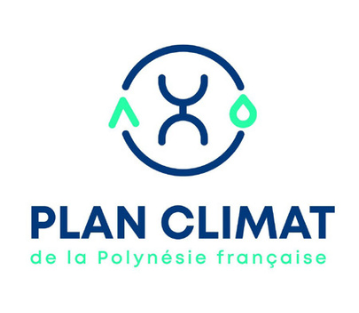A sustainable economic growth
Development opportunities
in key sectors
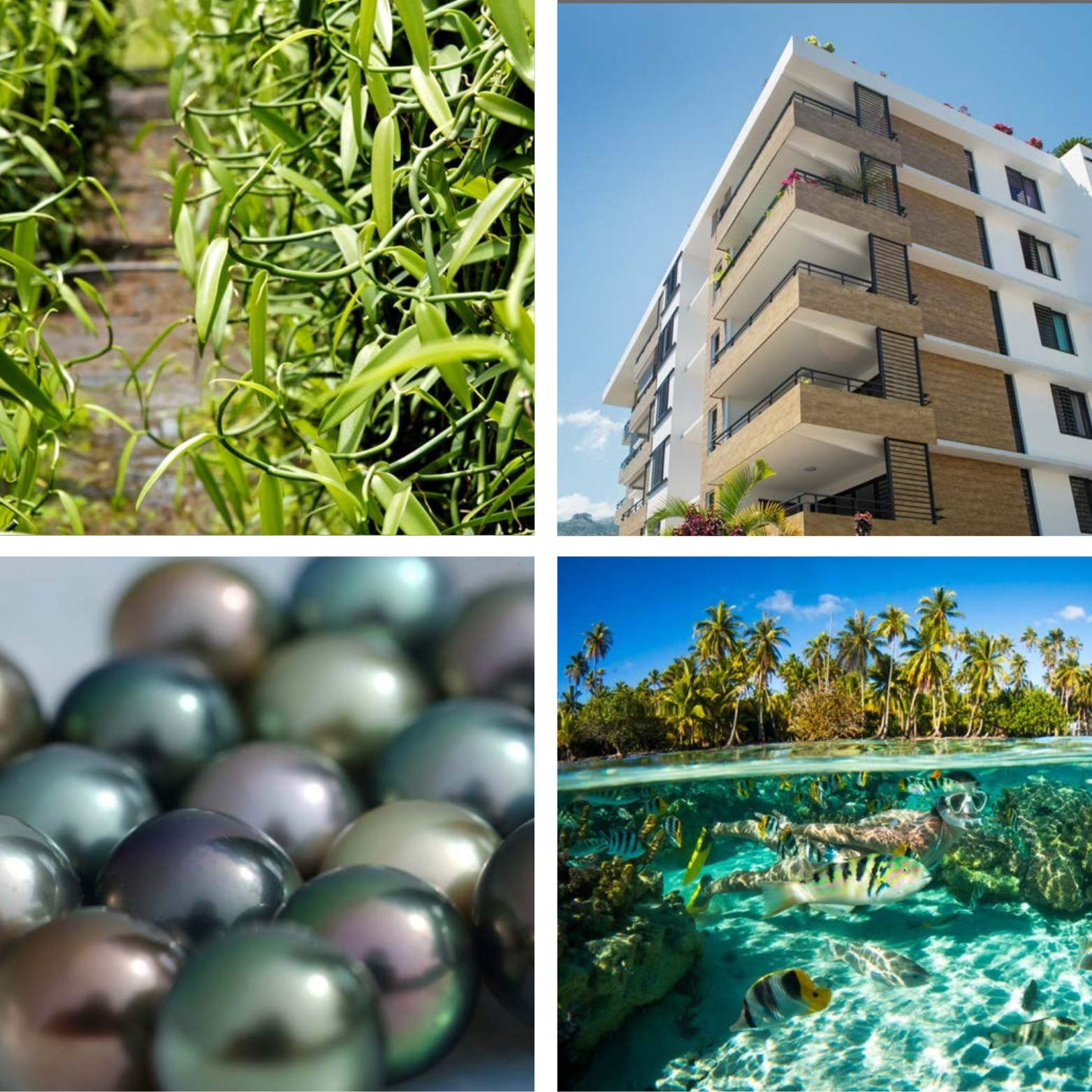
French Polynesia has numerous assets in terms of development prospects, particularly in dynamic sectors supported by the government :
Furthermore, the five archipelagos of French Polynesia offer unparalleled cultual and environment diversity. This preserved natural environment allows the country to apply for and obtain the highest international sustainable development accredidations, such as MSC (Marine Stewardship Council) certification for longline fishing of albacore and yellowfin tuna, or the Blue Flag certification for Bora Bora’s lagoon.
tourism
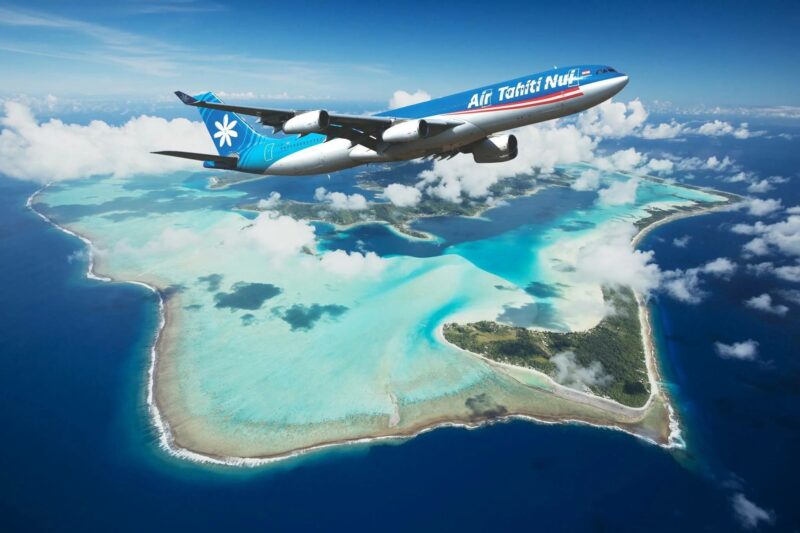
Tourism plays a central role in the Polynesian economy. It is French Polynesia’s leading export resource, with revenues of around 99 billion XPF, i.e. around 14% (source: ISPF) of Polynesian GDP in 2023, and employs nearly 13,150 people (IEOM 2023).
In 2023, this sector includes more than 5,200 companies (i.e. 15% of all Polynesian companies), generating 17% of the country’s total business sales and employing approximatively one-fifth of all salaried employees.
Growth markets tourist origins (2023)

AIr transport & international connectivity
The aim is to open up Polynesian skies. The country has already initiated aeronautical discussions with the United States, Chine, Europe, Japan, Canada, Australia and New Zealand. Tahiti has direct flights to Japan (Narita), the USA (Los Angeles, San Francisco and Seattle), New Zealand (Auckland), the Cook Islands (Rarotonga), Hawaii (Honolulu), Fiji (Nandi) and secondary connections to Europe via Los Angeles and Paris, Mexico and South America via Los Angeles, Australia (Sydney) via Auckland and New Caledonia (Nouméa) via Fiji.
Accomodation sector
Accomodations accounts for around 57% of tourism spending (in 2023: ISPF).
45 international hotels operate in French Polynesia in 2024. They offer an average of 2,771 rooms a day, 55% of which are located in the Winward Islands and 38% in the Leeward Islands. 87% of the hotels are located n Tahiti, Bora Bora and Moore, with an average occupancy rate of 68% accross all categories.
Bora Bora accounts for 32% of the total. 300 guests houses, 74 tourist establishments and miscellanous accomodations, as well as 2,327 vacations rentals and 4 luxury villas complete the receptive offer, for a total capacity of 4,856 rooms.
Hotels are mostly made up of traditional Polynesian-style bungalows, with a requirement to use pandanus roofing for 4-star hotels and above. Small family-run accomodations are widely represented across all archipelagos, welcoming tourists in a warm, family-friendly atmosphere that reflects the tradition of Polynesian hospitality.
Cruise & nautical tourism
Sea travelers are drawn to French Polynesia’s protected environment and state-of-the-art port infrastructure, making it a top-tier destination for ships and yatchs navigating its hospitable island waters.
Cruise tourism and nautical tourism generate significant economic benefits while promoting the image of Tahiti and its islands worldwide.
Over the pas decade, French Polynesia has made cruise tourism a key developement priority. With its two large piers in the harbor, Papeete’s port is a true international cruise hub, capable of accomodating up to four cruise ships simultaneously, whether on stopovers or homeported in the region. Additionally, the new Papeete International Cruise Terminal enhances homeporting capacity and optimizes passenger arrivals and departures.
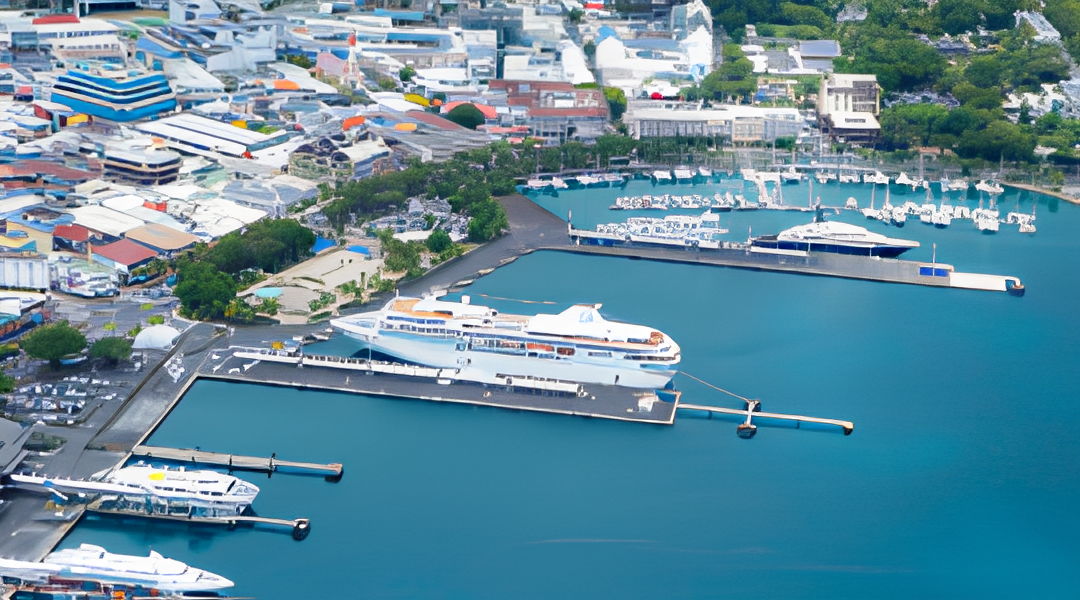
Nautical charters, a booming sector and a compelling alternative to traditional hotel stays, receive strong support from the government of French Polynesia. The fleet is constantly modernizing, offering a variety of options for discovering the Polynesian archipelagos. Today, it includes, nearly a hundred vessels and yatchs, catering to a growing international clientele eager to explore the islands from the lagoon side.
the blue economy
Tahiti cultured pearls
French Polynesia had 325 Tahiti cultured pearl producers and 412 pearl oyster farmers in 2023.
The value of raw cultured pearl exports reached 16.9 billion XPF, making it country’s leading export sector, accounting for 75% of local export value. The government supports the industry with regulations and dedicated structures to ensure high-quality standards for the pearls sold.
offshore fishing
French Polynesia has a vas Exclusive Economic Zone (EEZ) of 5.5 million km², which remains largely underexploited by the local fleet. This zone serves as a marine sanctuary for marine mammals.
In 2023, there were 78 active vessels in the Polynesian offshore fishing fleet. Export revenues reached 2.3 billion XPF, primarly from whole offshore fish and albacore tune fillets, with a total export volume of 1,800 tons. Polynesian longline fishing of albacore and yellowfin tuna holds the MSC (Marine Stewardship Council) certification, ensuring sustainable sourcing and enabling the industry to expand into new markets. The total fishery production reached a record of 8,700 tons in 2023.

The aquaculture
With a public aquaculture technical center responsible for juvenile production, R&D, technology transfer and government support for entrepreneurs, aquaculture development is a key priority for French Polynesia. The initial focus is on three key sectors: shrimp farming, fish farming and the collection of clams for the aquarium and meat export market.
The region is also supporting a project to develop a 35-hectar biomarine zone in Faratea (East Taiarapu, Tahiti). This initative aims to enhance aquaculture by establishing a hub for industry projects and fostering synergies among stakeholders.
Green economy and industry


Several processed agricultural products are well-known and successfully exported worldwide:
Tahitian vanilla (Vanilla tahitensis) is considered one of the best in the world. Its high fatty acid content makes it highly sought after gastronomy. Exports amounted to 560 million XPF in 2023.
Tahitian noni is highly popular in the United States as a dietary supplement with multiple benefits. Exports reached 198 million XPF in 2023.
Copra production will reach 6,705 tons in 2023. This copra is processed into oil, with export volumes representing 340 million XPF in revenue in 2023. Part of the annual production is refined in Tahiti and sent to the manufacturers of Tahitian monoï. Internationnally renowned, sales reached 254 million XPF in 2023, “monoï de Tahiti” benefits from an “Appellation d’origine”. Monoï is mainly exported to France (89% of total volume), which orders 88% of monoï in bulk.
French Polynesia’s food industry is a symbol of its economic dynamism. The beverage sector remains the most developed (noni juice, fruit juices, beer, Tahiti wine, rum).
Renewable energy
Electricity production on the island of Tahiti is undergoing significant change. In 2022, the energy mix consisted of 57% hydrocarbons, 39% hydroelectricity, and 4% rooftop photovoltaic installations. Since production is not a public service, the governmentpromotes competition among producers to increase the share of renewable energy while keeping the costs manageable for consumers.
French Polynesia aims to reduce green house gas (GHG) emissions by 50% in 2023. This will be achieved by controlling electricity demand and using a range of renewable energy technologies; solar termal, solar photovoltaic, SWAC, hydroelectricity or any other technology not yet widespread in the region or in the R&D phase (hydrolien, wind, ETM, biomass). In 2023, 45% of energy production will come from renewable energies and 55% from hydrocarbons.
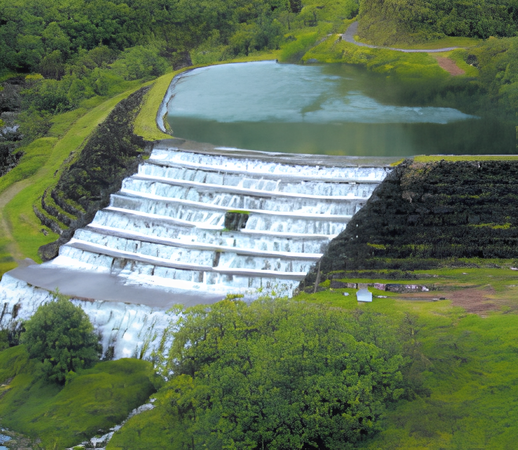
Energy transition
French Polynesia’s Climate Plan (PCPF) 2024-2030 sets ambitious targets for reducing dependence on hydrocarbons and carbon footprints in response to the climate emergency. It aims to:
